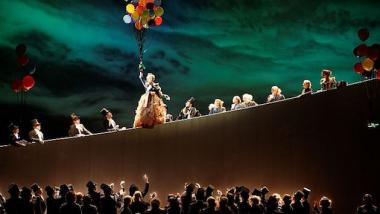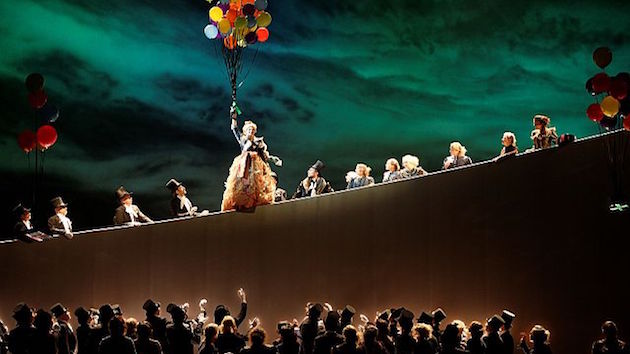
S.F. Opera Offers the Ultimate “Cosplay” ... for Free!
Cosplay, a contraction of the words costume play, is a performance art-and-party in which participants, called cosplayer,s wear costumes and fashion accessories to represent a specific character. There are conventions for Cosplay around the world, most costing a pretty penny — real money.
What better example of the ultimate in Cosplay — and at no cost to you — than to wear lavish costumes on the stage of the War Memorial, watched by an audience of thousands? That is the realistic prospect for those accepted by San Francisco Opera as supernumeraries (extras) for the upcoming 2017 fall season.
No experience required; to reserve an audition slot, email [email protected] with contact information. Auditions — by invitation only — will be held on Monday, July 31, beginning at 6 p.m. in the War Memorial Opera House.
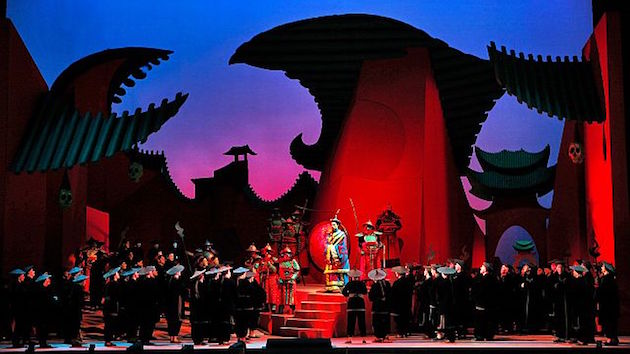
Supernumeraries, or supers, act as extras, in nonspeaking, nonsinging roles. “Supers,” says the announcement, “have the unparalleled opportunity to work alongside some of the most acclaimed artists in the world, and help bring San Francisco Opera’s dazzling, large-scale productions to life.” Not only is participation free, the Opera even provides a modest honorarium to those cast in productions.
The production this fall include Puccini’s Turandot (Sept. 8–30 and Nov. 18–Dec. 9), with sets and costumes by David Hockney; Richard Strauss’s Elektra (Sept. 9–27), in a new production by Keith Warner; the revival of John Copley’s production of Verdi’s La Traviata (Sept. 23–Oct. 17); Massenet’s Manon (Nov. 4–22), in a new production by Vincent Boussard; and the world premiere of John Adams’s Girls of the Golden West (Nov. 21–Dec. 10), directed by Peter Sellars.
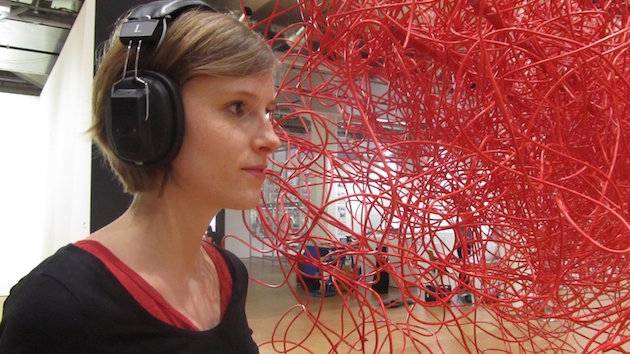
Modern Sounds at SFMOMA
The San Francisco Museum of Modern Art has added sounds to its focus on the visual, in a big way, with the large-scale Soundtracks group exhibition centered on the role of sound in contemporary art. The unique immersive exhibit features new and diverse work from some 20 artists, spanning sound sculpture, video installation, and performance.
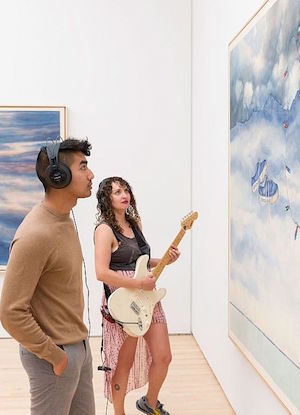
In terms of classical music, the exhibition includes works by Rafael Lozano-Hemmer, incorporating music by Mozart, Wagner, and Cage in 3-D-printed pieces designed to concentrate the entire musical production of a composer in a single dense multichannel device.
The exhibit highlights past SFMOMA commissions by Brian Eno and Bill Fontana, along with Brandon LaBelle’s “experiment in acoustical imagination,” which explores sound, architecture, and community. There were live performances this past weekend by Brazilian audiovisual artists O Grivo and American artist Camille Norment.
German artist Christina Kubisch, a pioneer of sound art, began using electromagnetic induction in her installations more than 30 years ago. Since then she has constantly refined her practice of staging the effects of wireless electromagnetic transmissions.
Kubisch’s Cloud, produced on-site at the museum using thousands of feet of red electrical wire, hosts a 14-channel composition that visitors listen to by wearing customized headphones. These devices, developed by the artist, contain magnetic coils that receive the magnetic fields circulating in the cable loops and make them audible. As visitors move around the installation, they look at the chaotic electrical wiring suspended in the gallery but hear the prerecorded sounds programmed into different segments of the sculpture.
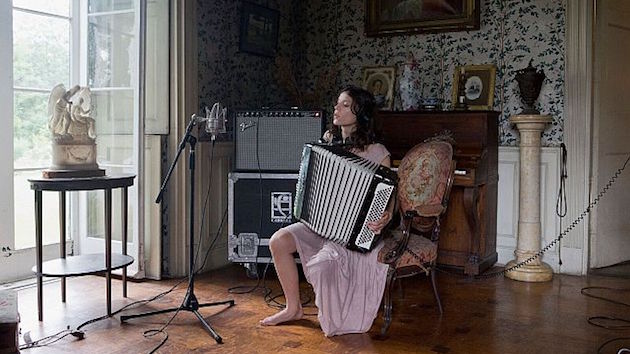
Soundtracks also features the museum’s first digital exhibition catalogue, its contents to further evolve over the course of the exhibition, with an expanded version — featuring video and audio documentation of works on view, artist interviews, and other multimedia content — launching in early fall 2017. The show runs through the end of the year.
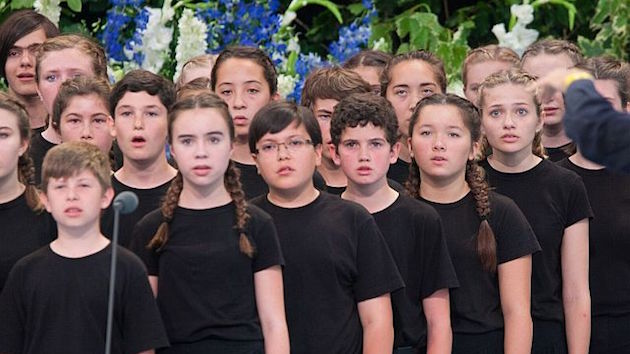
Piedmont Choirs Shine Again at Top International Competition
Eisteddfod (Welsh competitive festival) in Llangollen, Wales, is the most famous international competition for youth choirs. Over the past 70 years, more than 300,000 competitors from over 100 nations have performed on the Llangollen stage, and this year there were over 800 competitors in the festival.
Among them was Ensemble, Piedmont East Bay Children’s Choir (PEBCC) flagship performing group, representing the United States, and placing second in both divisions they entered: Children’s Folk Competition on July 5, and Senior Children’s Choir on July 6. Robert Geary, with a tenure of 35 years, is PEBCC’s founding artistic director and conductor.
At the children’s competion, the choir performed “Bells of Rhymney,” arranged by PEBCC Associate Conductor, Sue Bohlin, and “Johnson Boys,” arranged by alumnus and conductor Eric Tuan. For the other competition, where they also took second place, the Ensemble performed an Estonian song, “Sireli,” and “Magic Strings” by Mark Winges, choreographed by Erika Chong Shuch.

During travels in England, the youngsters also sang in Lichfield Cathedral and stayed in the St. Catherine College dorms of Cambridge University.
Last month, PEBCC received a $13,000 grant from the National Endowment for the Arts in support of the 2018 Golden Gate Festival. NEA Chairman Jane Chu has approved more than $82 million to fund local arts projects across the country, in the NEA’s second major funding announcement for fiscal year 2017.
PEBCC’s Golden Gate Festival will be held July 8–14 next year, and will include rehearsals, competitions, and concerts for children choruses from the U.S. and abroad. Stephanie Hartono O’Leary is festival manager.
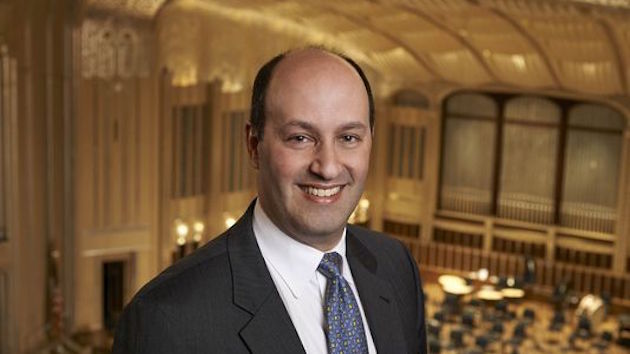
News from Musical Executive Suites
Sonoma State University President Judy K. Sakaki has announced the appointment of Jacob Yarrow as the new executive director of SSU’s Green Music Center.
Yarrow, 45, from the University of Iowa’s performing arts center, succeeds Zarin Mehta, the former president and executive director of the New York Philharmonic Orchestra, who has been at the Green Music Center since 2013, and Stan Nosek, the university’s interim vice president for administration and finance, who has served as the GMC’s co-executive director since last summer.
Gary Ginstling, 51, chief executive of the Indianapolis Symphony Orchestra has been named executive director of the National Symphony Orchestra, to succeed Rita Shapiro. Previously, Ginstling served as director of communications for the San Francisco Symphony and as general manager of the Cleveland Orchestra.
San Francisco’s Lamplighters have a new artistic director: Dennis Lickteig, director of operations for TicketWeb (Ticket Master), is succeeding Rick Williams, who stepped down from the position at the end of the company’s 64th season, after 35 years as a performer — a record he plans to expand as he continues to perform.

